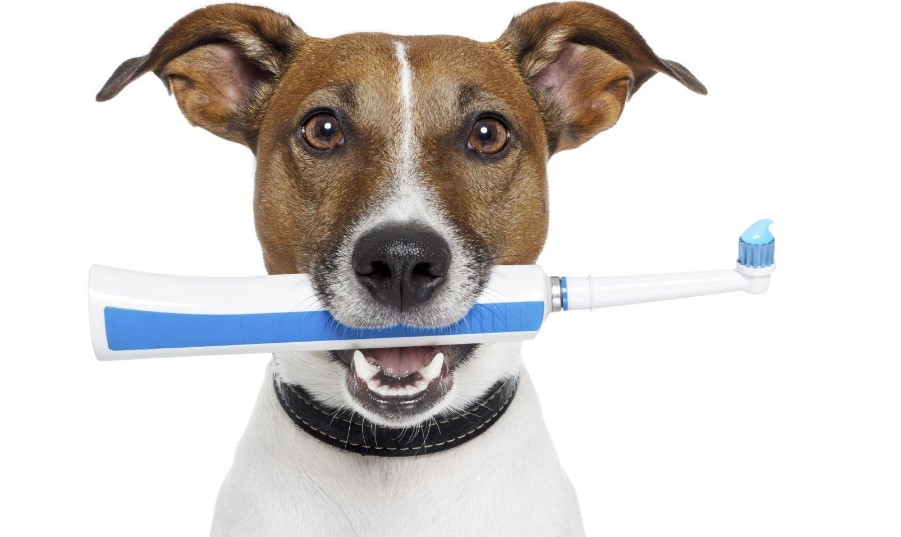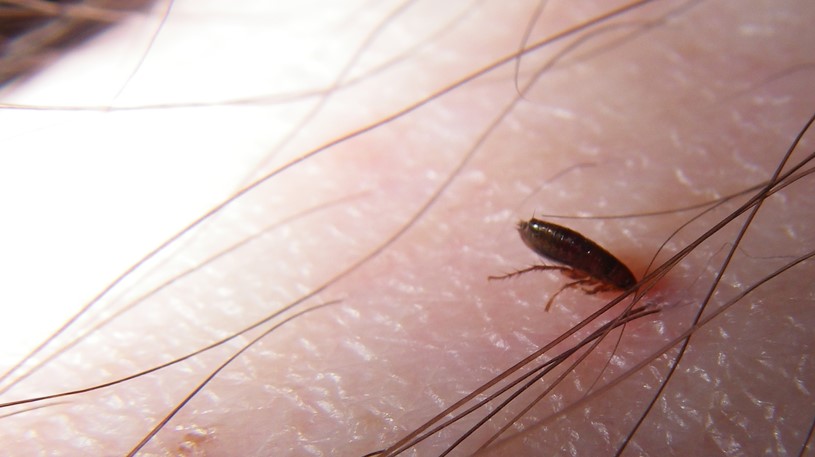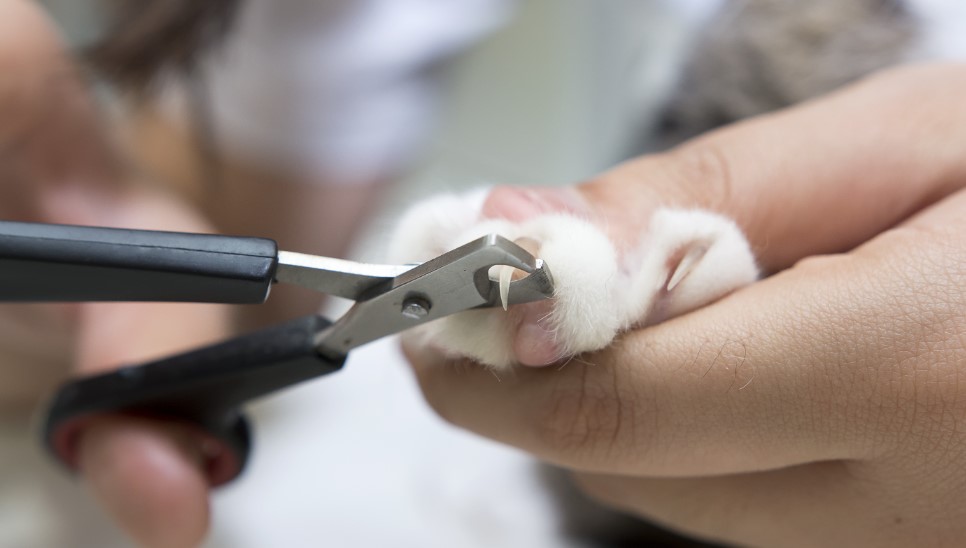
Can You Use Human Toothpaste on Dogs?
Many of us use human toothpaste for our own teeth. The good news is that human toothpaste is safe for dogs. It is generally free of fluoride, Xylitol, and Sodium laurel sulfate, which are all known to be harmful to dogs. Here are some other ingredients you should avoid on your dog’s toothbrush. Read on to find out more. Then you can use your human toothpaste on your pet dog!
Many people love their dogs and realize that their dog’s teeth and gums need to be cared for. One of the most basic ways to take care of your dog’s teeth and gums is by brushing his mouth on a daily basis. This can help keep your dog’s breath fresh, as well as prevent many dental problems that can lead to more serious health problems. That being said, it is important to remember the key differences between human toothpaste, and canine toothpaste. The natural canine formula toothpaste is specifically designed with a goal of preventing cavities, tartar buildup, plaque and other harmful oral parasites including yeast and bacteria.

Xylitol
Xylitol is a sugar substitute that has become increasingly popular among consumers. It has many benefits over regular sugar and was first added to oral care products in the 1960s. In fact, it was approved by the U.S. Food and Drug Administration as a sweetener in 1963. Despite the controversy surrounding its safety, xylitol is safe for human consumption. It is also a low- glycemic index food and is suitable for diabetics.
Fluoride
While human toothpaste is made from abrasive ingredients like fluoride, toothpaste for dogs must not contain fluoride. Most pet toothpastes contain baking soda, which is also abrasive. Olive leaf extract is a natural antibiotic and helps to maintain a healthy oral environment. Sea salt is also a mild abrasive. But, while it doesn’t contain fluoride, it should not be avoided entirely.
Sodium laurel sulfate
Sodium laurel sulfates are found in many soaps, including human toothpaste, but are not safe for pets. This compound is harmful to humans, and it can cause gastrointestinal upset and liver and heart damage in dogs. A veterinarian should be contacted immediately if you suspect your dog has eaten toothpaste. It is also possible for your dog to swallow large amounts of human toothpaste.
Sodium thiocyanate
Dogs shouldn’t use human toothpaste because it contains chemicals that can be toxic to them. Some of them are made with ingredients that are dangerous for dogs, such as xylitol, which can cause digestive problems and upset stomachs. Others may contain sodium lauryl sulfate, which is toxic to dogs and can cause mouth sores. Other toothpastes contain poultry digest, which is also toxic.
Potassium thiocyanate
If you are concerned about your dog’s dental health, you may want to check out the ingredients in your toothpaste. The most common ingredients found in dog toothpaste include sorbitol, dicalcium phosphate anhydrous, hydrated silica, potassium thiocyanate, titanium dioxide, methyl salicylate, and vanillin. Parabens, an ingredient commonly found in human toothpaste, are harmful to your dog’s health.

Sorbitol
A dog’s toothpaste should not contain sorbitol or xylitol. These chemicals are toxic to dogs, causing low blood sugar and liver damage. Sodium bicarbonate, the active ingredient in human toothpaste, is harmless for dogs. It is also a laxative, but it will not protect your dog’s teeth as fluoride does. Sorbitol makes plaque more easily removed from your dog’s teeth, and sodium bicarbonate penetrates the plaque matrix, making it easier to push off the teeth.
So what kind of toothpaste should you be using on your dog? Some people recommend pet-specific brands of toothpaste, which can be purchased in most pet stores or online. Others recommend non-grocery store brands that are made to be as close as possible to human toothpaste in terms of flavor and texture. Many dog owners are also pulling together their own natural DIY toothpaste recipes for their dogs. If you take the time to do a little bit of research, you’ll find all sorts of recipes—check them out and pick one that you think will work best for your dog!



